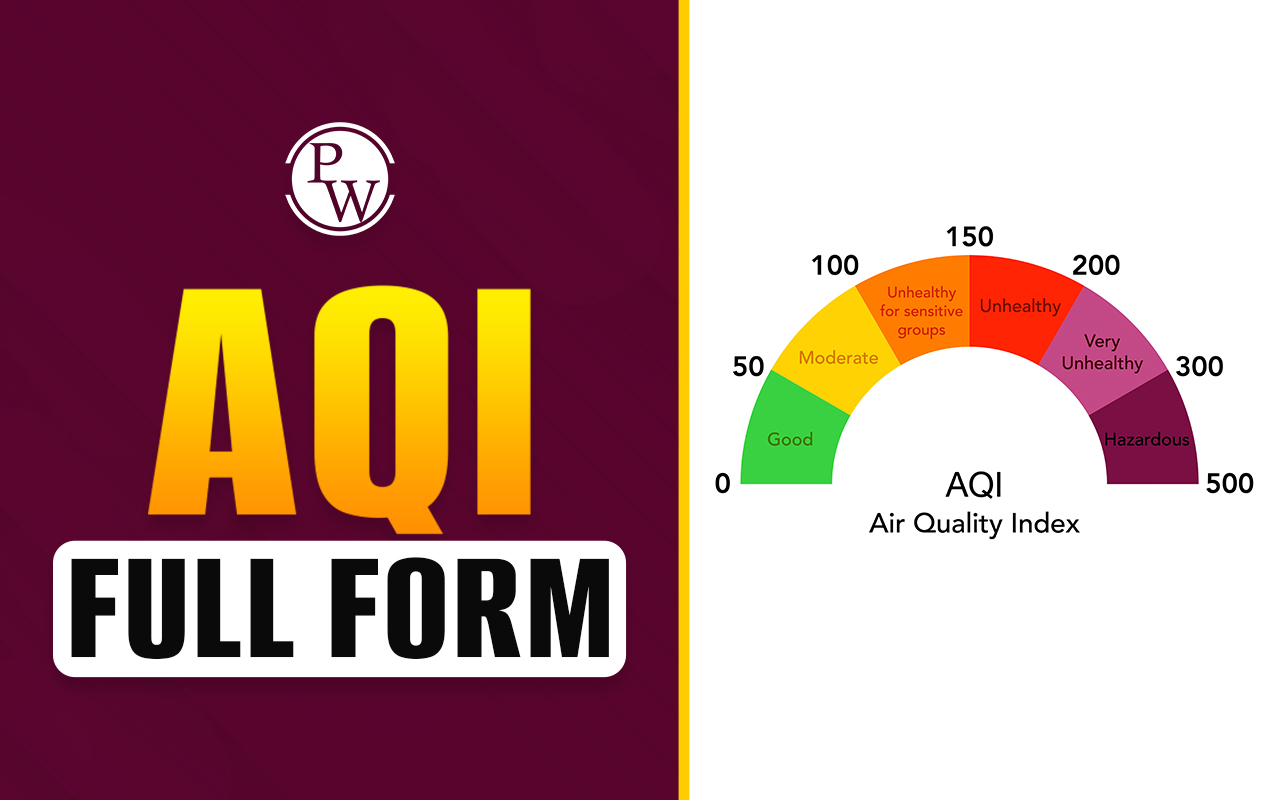

ARP stands for Address Resolution Protocol. It is a networking protocol used to map an IP address to a physical (MAC) address on a network.
When a device wants to send data to another device on a network, it needs to know the physical address of the recipient. ARP performs this mapping by sending a broadcast message to all devices on the network, asking for the physical address of the device with a certain IP address. The device with that IP address then responds with its physical address, and the sender caches the mapping for future use.
ARP is used mainly for IPv4 networks, as IPv6 networks use a different protocol called Neighbor Discovery Protocol (NDP) to perform the same mapping. ARP has been known to be vulnerable to various security attacks, such as ARP spoofing, in which a malicious device sends false ARP messages to map its own physical address to the IP address of another device, intercepting its traffic.
History of Address Resolution Protocol
The Address Resolution Protocol (ARP) was first defined in 1982 as part of the TCP/IP protocol suite. Its main purpose was to provide a simple and efficient method for mapping an IP address to a physical (MAC) address on a network, allowing devices to communicate with each other.
Before ARP, there were other methods used for mapping IP addresses to physical addresses, such as RARP (Reverse Address Resolution Protocol) and BOOTP (Bootstrap Protocol). However, these methods had limitations and ARP was designed to address these issues and provide a more standardized and efficient method.
Since its introduction, ARP has been widely adopted and remains a critical component of network communication. Although ARP is primarily used for IPv4 networks, it has been adapted and extended to support other networking protocols and technologies, such as ATM (Asynchronous Transfer Mode) and InfiniBand.
While ARP has proven to be a reliable and essential protocol for many years, it has also been subject to security threats, such as ARP spoofing attacks, in which malicious actors can map their own physical addresses to the IP addresses of other devices to intercept or manipulate network traffic. Despite these challenges, ARP remains a critical component of network communication and continues to evolve to meet the changing needs of modern networks.
What is the Main Component of ARP
The main components of the Address Resolution Protocol (ARP) are:
ARP Request: A broadcast message sent by a device on a network to request the physical (MAC) address of a device with a certain IP address.
ARP Reply: A unicast message sent by the device with the requested IP address, which contains its physical address.
ARP Cache: A table maintained by each device on the network, which stores the mapping of IP addresses to physical addresses. This cache is used to speed up future ARP requests and reduce network overhead.
ARP Packet: The packet format used for ARP requests and replies, which includes the source and destination IP and MAC addresses, as well as the type of message being sent (request or reply).
These components work together to enable devices on a network to determine the physical addresses of other devices and communicate with each other. The ARP cache is updated regularly as devices send and receive ARP requests and replies, ensuring that the mapping of IP addresses to physical addresses remains accurate.
How Address Resolution Protocol Works
The Address Resolution Protocol (ARP) works as follows:
A device on the network wants to send data to another device and needs to know the physical address (MAC address) of the recipient.
The sending device checks its ARP cache, which is a table that stores the mapping of IP addresses to physical addresses, to see if it already knows the physical address of the recipient.
If the physical address is not in the cache, the sending device broadcasts an ARP request to all devices on the network, asking for the physical address of the device with a certain IP address.
The device with the requested IP address responds with its physical address in an ARP reply, which is a unicast message sent directly to the sending device.
The sending device caches the mapping of an IP address to a physical address for future use.
The sending device can now use the physical address of the recipient to send data directly to that device, rather than having to broadcast the data to all devices on the network.
This process allows devices on a network to efficiently determine the physical addresses of other devices and communicate with each other. The ARP cache is used to speed up this process and reduce network overhead by avoiding the need for frequent ARP requests.
[wp-faq-schema title=" Full Form of ARP FAQs" accordion=1]
What is the purpose of ARP?
How does ARP work?
Is ARP only used for IPv4 networks?
Are there any security concerns associated with ARP?
What happens if ARP cache does not have an entry for a device's IP address?












